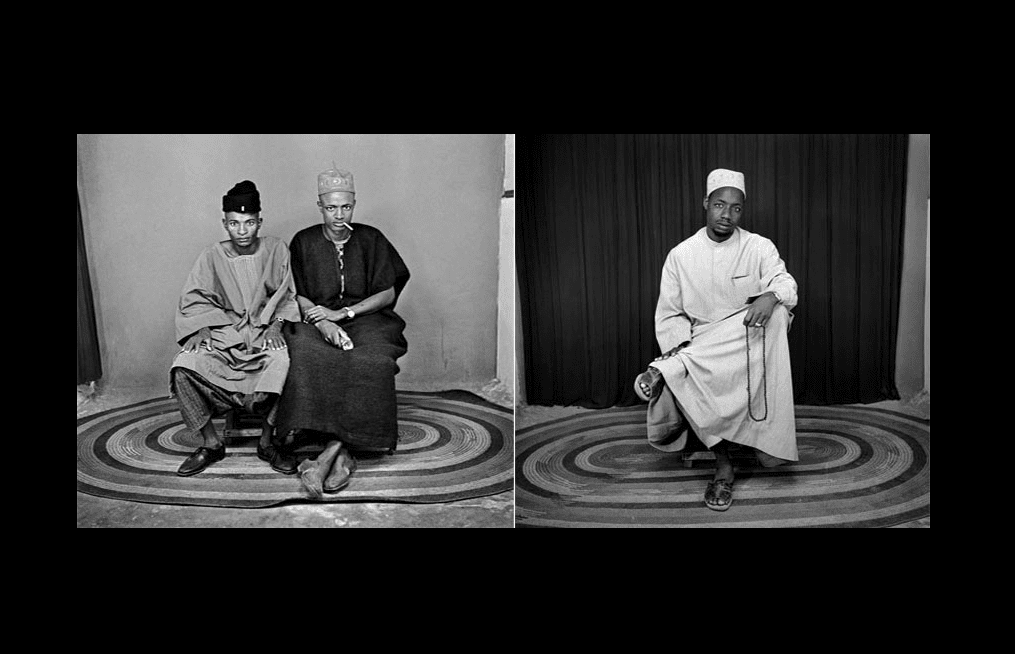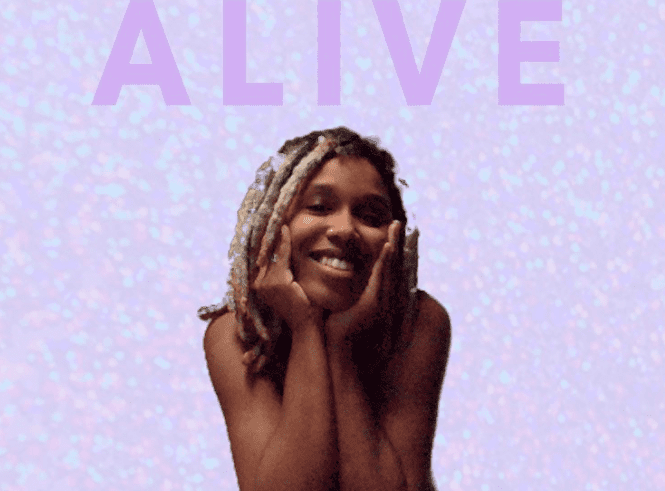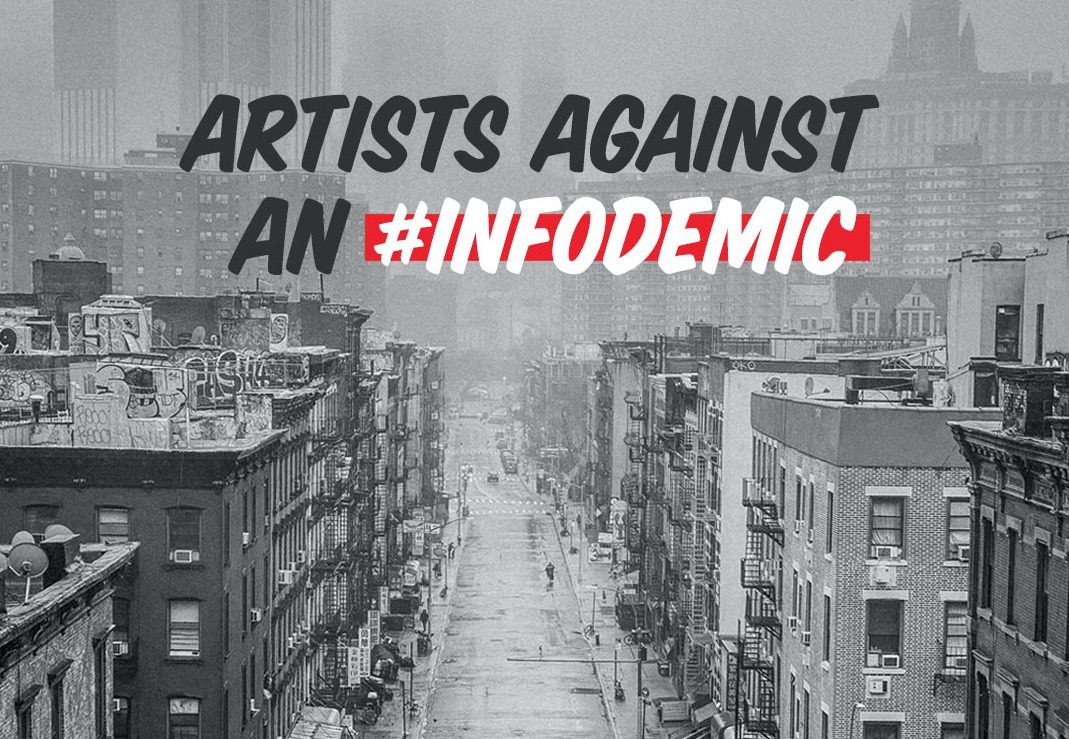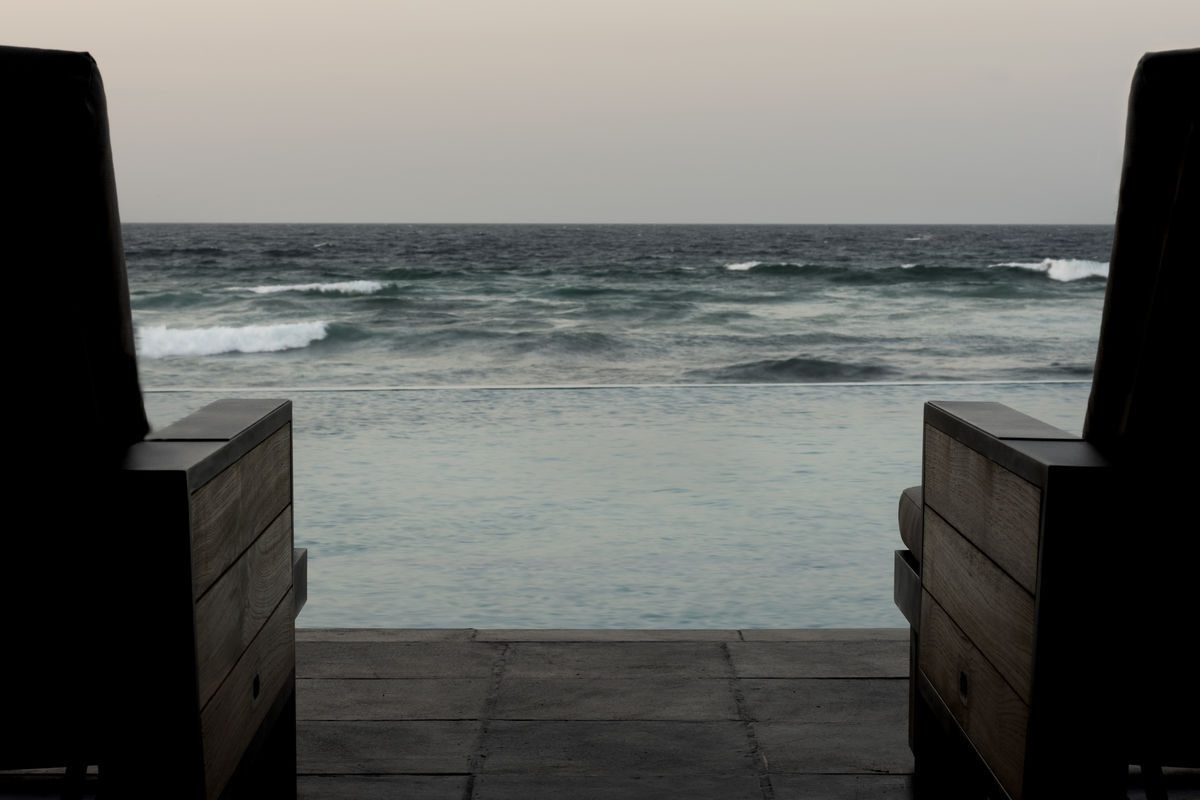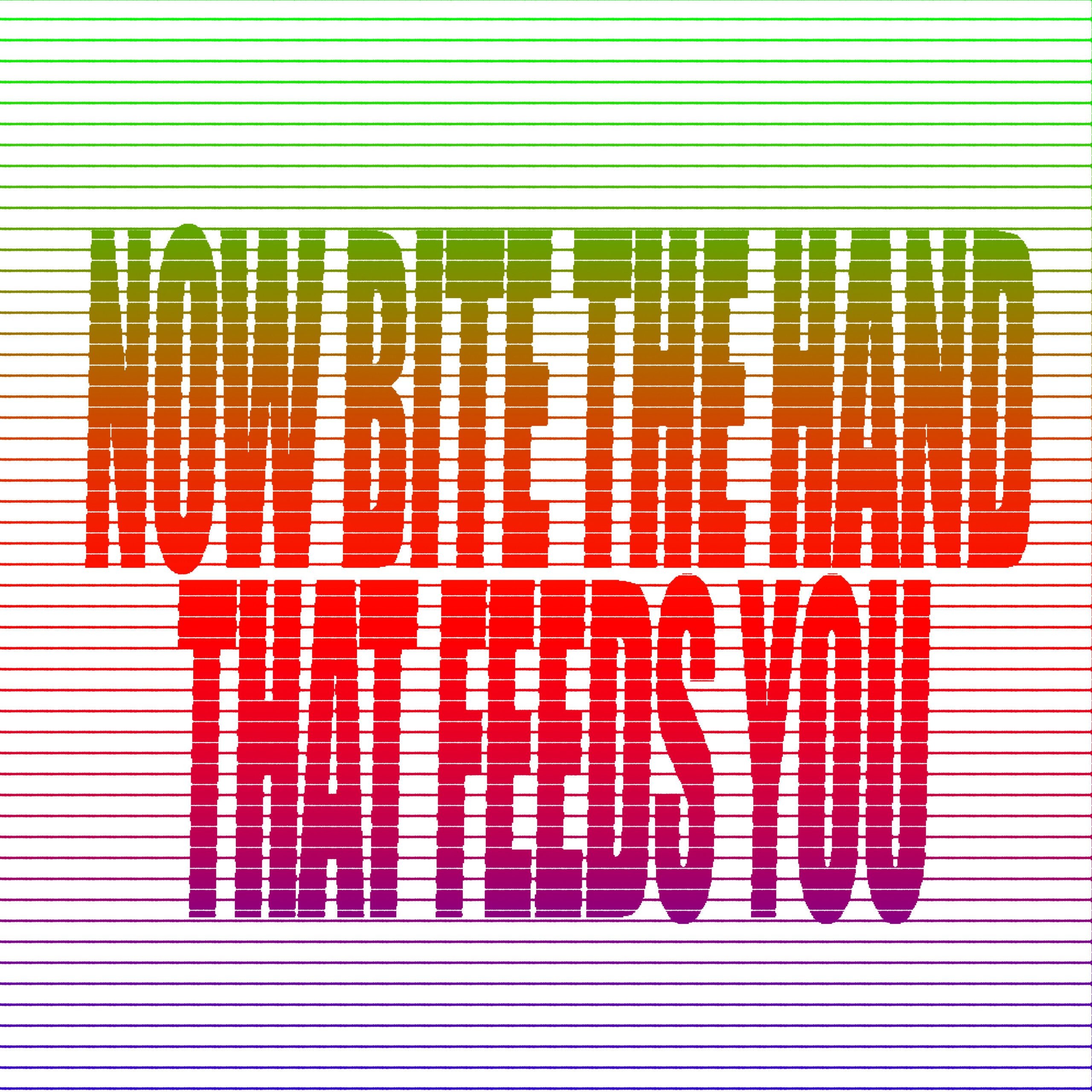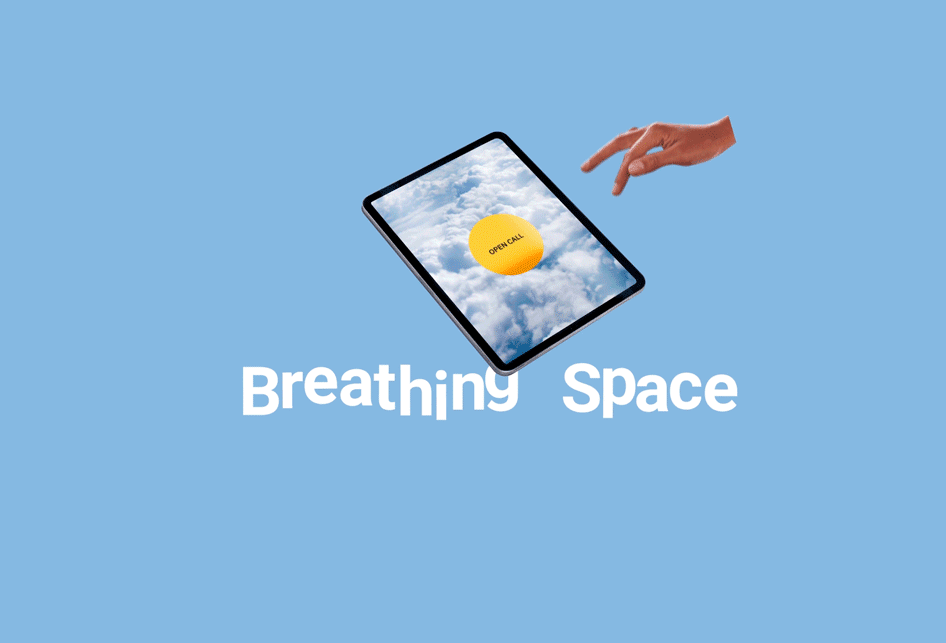Memories and dreams of a destiny – Group Show
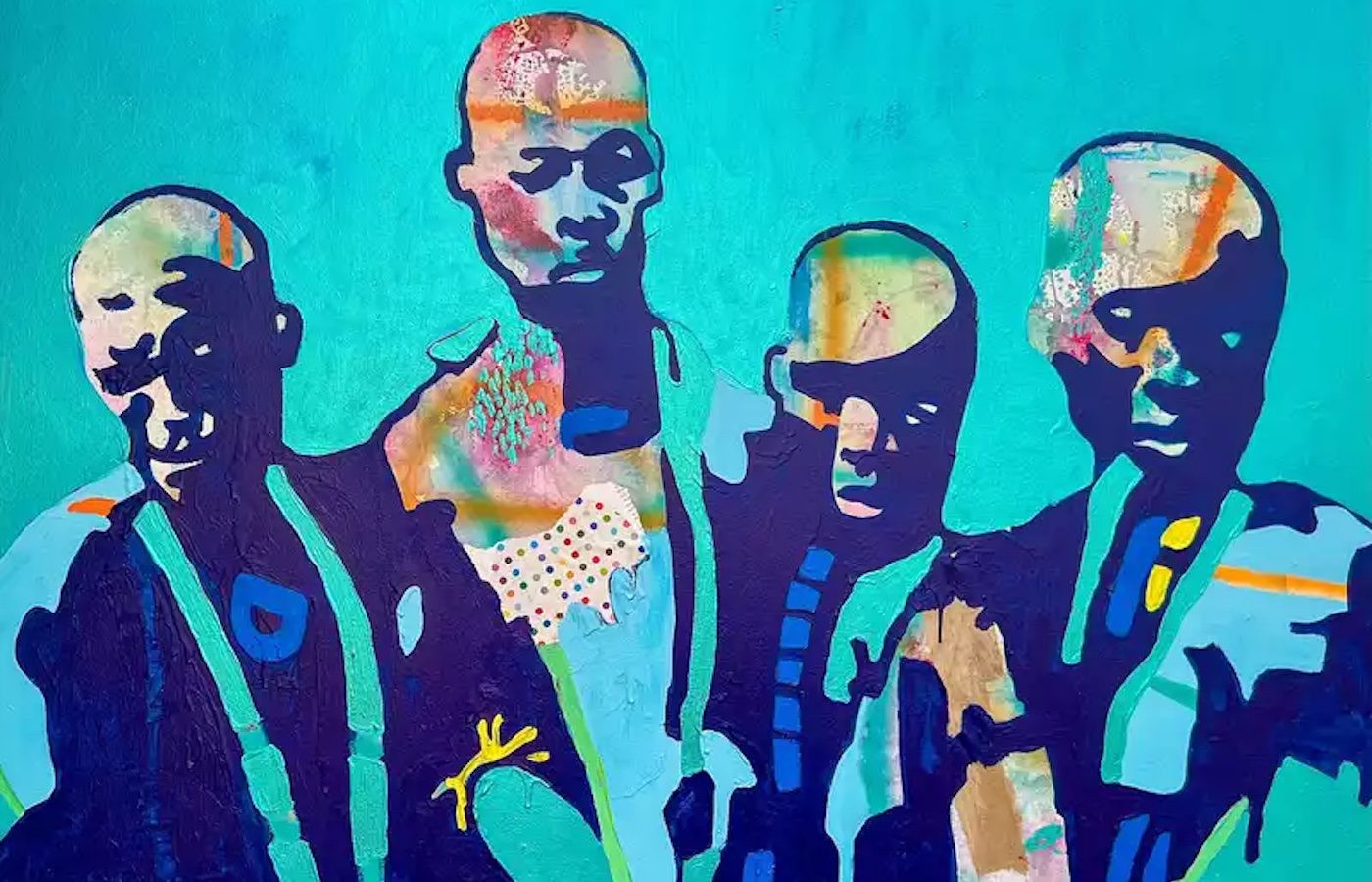
Memories and dreams of a destiny – Group Show
OOA Gallery is thrilled to inaugurate its new art season in Sitges, Barcelona, showcasing the work of four Ivorian artists: Aboudia, Jacobleu, Mederic Turay, and Armand Boua. United by a shared vision, their work explores the themes of memory and dreams, reflecting on the journey of destiny. Four distinct perspectives, one heritage—these artists collectively embody a powerful narrative of resilience and hope, confronting adversity through their vibrant and thought-provoking artistic expressions.
Aboudia and Jacobleu have chosen to present a selection of their collaborative works in painting and pastels at OOA Gallery. These vibrant pieces, filled with portraits of unusual and distinctive characters, immerse the viewer in a festive spirit intertwined with mysticism, bordering on a trance-like state. Their decision to merge their talents has led to the creation of truly unique artworks.
Internationally renowned artist, Aboudia creates multi-layered paintings that offer a dynamic interplay of images and meanings, each engaging in an ongoing dialogue with one another and with the viewer. We are immersed in the vivid, often brutal spectacle of contemporary Africa that Aboudia weaves before us, like a tapestry of consciousness—soldiers, skulls, African fetishes, flashes of street life—all conveyed with a raw, naive vitality.
The surfaces of his works are rich with fragments—cutouts from comic strips, magazine ads, newspaper clippings—that Aboudia masterfully integrates into the overall composition. These elements suggest a narrative of current events, transforming them through his imagination into a fragmented yet cohesive vision of a troubled world.
Drawing inspiration from the urban and cultural landscape of Ivory Coast, shaped by their personal experiences, this collaborative effort offers a rare opportunity to witness their art created as one. This enriching experience of working together has brought a new depth to both artists’ approach to their creative process.
Jacob BLEU, widely recognized by his artistic name Jacobleu, is a renowned multidisciplinary artist from Côte d’Ivoire whose practice encompasses painting, photography, and writing. Born in the culturally rich region of Tonkpi in the mountainous west of Côte d’Ivoire, Jacobleu’s artistic vision draws deeply from the spiritual and ceremonial traditions of the Dan people, where masks are more than sculptural forms—they are symbols of spirits, ritualistic energy, music, dance, and collective celebration. Over his three-decade-long career, Jacobleu has established himself as a pivotal figure in the contemporary art world, bridging traditional African heritage with universal and contemporary aesthetics.
Jacob BLEU’s artwork celebrates cultural identity, social harmony, and the transformative power of art. Using vibrant colors, mixed media techniques, and recycled materials such as canvas, cardboard, and tarpaulin, he creates compositions that explore themes of mysticism and collective memory. His works transcend regional boundaries, incorporating elements from the Dogon, Bantu, and Maasai cultures, while also reflecting the ceremonial practices of various Ivorian ethnic groups, such as the Senufo, Abidji, and Odjoukrou. Through these reimagined cultural landscapes, Jacobleu’s art becomes a powerful vehicle for promoting peace and social cohesion.
Mederic Turay is an internationally renowned artist whose work is a dynamic fusion of abstraction, storytelling, and cultural heritage. Raised in the United States during the 1990s, Turay was influenced by hip hop, graphic novels, and renowned artists like Picasso, Van Gogh, and Basquiat. Returning to the Ivory Coast as an adult, he pursued formal art education and traveled across Africa to gather inspiration and source materials. His expansive, vivid canvases reflect his efforts to capture the essence of the contemporary human experience within a post-colonial, transactional society.
Turay’s concept of human with a capital H transcends racial and socio-political boundaries, embracing universal themes of humanity. Drawing on his Akan ancestry, he incorporates spiritual motifs like ancestral masks, the cross, and the spiral—symbols representing cosmic balance, creative energy, and stability. His works combine raw materials, from coffee grinds to oil and acrylic, creating multisensory, layered compositions that challenge the viewer to engage with the energy and depth of his art. The images pulsate with contrasting forces, inviting exploration into Turay’s complex, polyphonic narrative of existence and the vital role of painting in a globalized, media-driven world.
Armand Boua is attuned to the plight of street children navigating our urban landscapes in search of sustenance, shelter, and protection from the elements. Often overlooked, these marginalized figures have become ingrained in the fabric of our societal consciousness, shielding us from confronting our own moral culpability. Boua, however, endeavors to grant them visibility.
Internationally acclaimed, Boua’s artistic exploration remains firmly within the realm of visual arts. While his technique has evolved over time, the essence remains rooted in painting on cardboard with acrylic, then scraping and tearing, followed by repainting, and finally, mounting on canvas. The resultant effect evokes the weathered walls of urban landscapes, where layers of paint and torn posters bear witness to the passage of time. Utilizing acrylic paint and various forms of tar to accentuate his strokes, Boua imbues his works with a distinctive allure, unmistakable and singular in its identity.
Boua employs bold splashes of color to invigorate the beige background and the darkness of tar, portraying these apprentices in their natural habitat. While the imagery remains somewhat abstract, it manages to evoke the familiar landscapes that surround us, yet often escape our true attention. The fervor and adversity of their labor are palpable, even in their mere suggestion, inviting viewers to reflect upon the unseen struggles that underpin the urban environments of his city.
